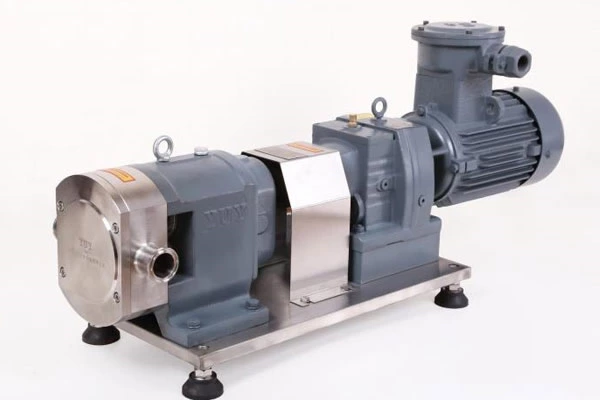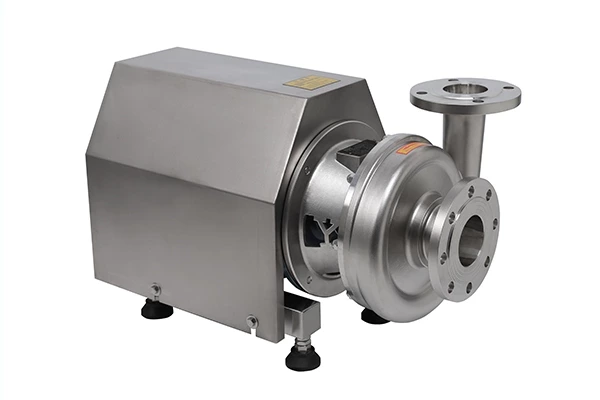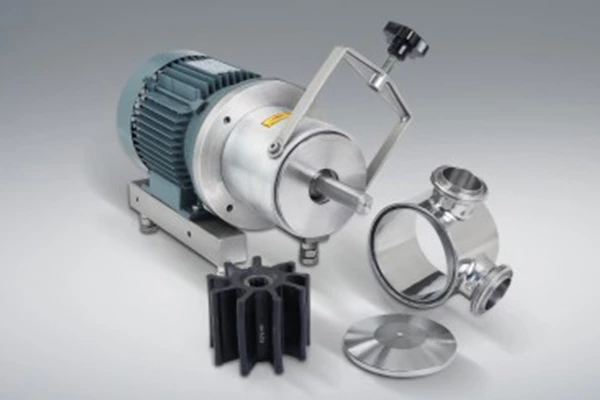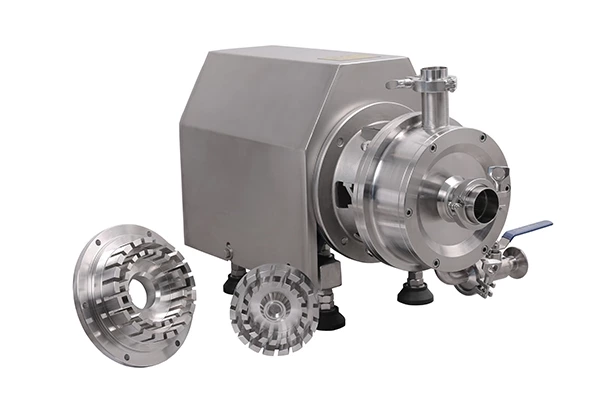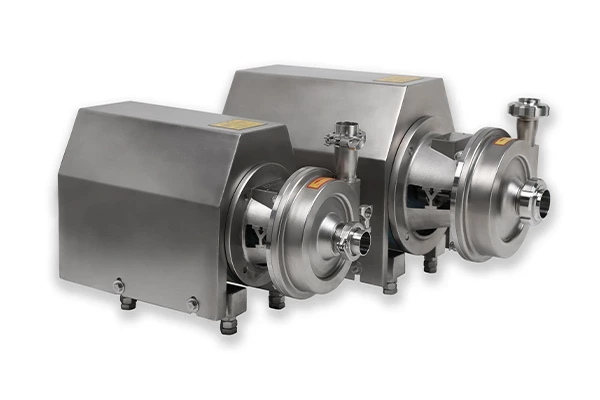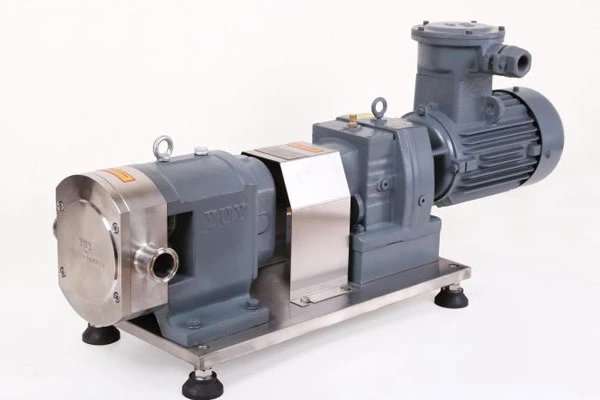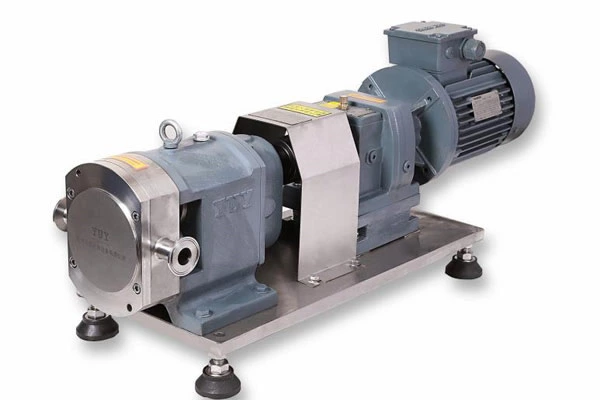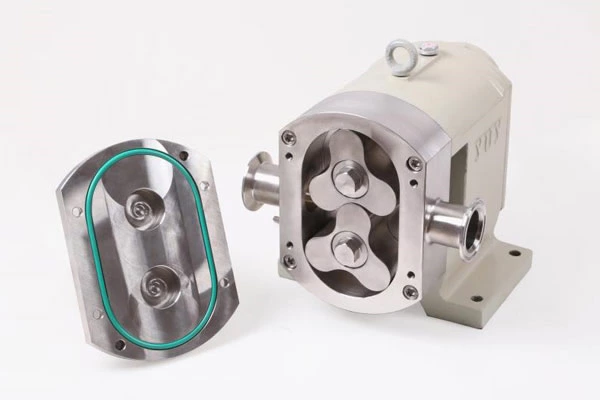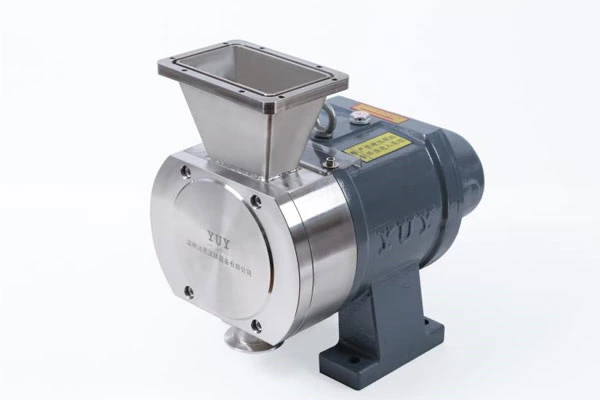150 Technical Questions And Answers About Pumps To Help You Fully Understand Pumps
11.Sanitary Rotary Lobe Pump What should be done before overhaul?
Answer: 1) Before overhauling machinery and equipment, the machine must be stopped, cooled, depressurized, and the power supply must be cut off;
2) For machines and equipment with flammable, explosive, toxic, or corrosive media, the machine must be cleaned, neutralized, replaced, and analyzed before overhaul. Construction can only be carried out after passing the inspection;
3) When overhauling equipment, machines, and pipelines with flammable, explosive, toxic, or corrosive media or steam, the material inlet and outlet valves must be cut off, and blind plates must be added.
12. What process conditions should be met before overhauling a chemical pump?
Answer: 1) Stop; 2) Cool down; 3) Depressurize; 4) Cut off the power supply; 5) Replace
13. What are the general principles for mechanical disassembly?
Answer: Generally, the machine should be disassembled from the outside to the inside, from the top to the bottom, and in sequence. For integral parts, try to disassemble them as a whole.
14. What are the causes of power loss in a centrifugal pump?
Answer: There are three types of losses: hydraulic loss, volumetric loss, and mechanical loss.
1) Hydraulic loss: When the fluid flows in the pump body, if the flow channel is smooth, the resistance is smaller, and if the flow channel is rough, the resistance is larger. When the water flows into the rotating impeller or flows out of the impeller, collisions and vortices will occur, causing losses. The above two types of losses are called hydraulic losses.
2) Volumetric loss: The impeller is rotating, while the pump body is stationary. A small part of the fluid flows back to the impeller inlet in the gap between the impeller and the pump body; in addition, a part of the fluid flows back to the impeller inlet from the balance hole, or leaks from the shaft seal. If it is a multi-stage pump, part of it will also leak from the balance plate. These losses are called volumetric losses;
3) Mechanical loss: When the shaft rotates, it will rub against the bearings, packing, etc., the impeller rotates in the pump body, and the front and rear covers of the impeller will rub against the fluid, all of which consume a part of the power. These losses caused by mechanical friction are always called mechanical losses.
15. In production practice, what is the basis for rotor balancing?
Answer: Depending on the speed and structure, static balancing or dynamic balancing can be used. The static balance of a rotating body can be solved by static balancing. Static balancing can only balance the imbalance of the center of gravity of the rotating body (i.e., eliminate the torque), but cannot eliminate the unbalanced couple. Therefore, static balancing is generally only applicable to disc-shaped rotating bodies with relatively small diameters. For rotating bodies with relatively large diameters, dynamic balancing problems are often more common and prominent, so dynamic balancing is required.
16. What is balance? How many categories are there in balancing?
Answer: 1) The work of eliminating the imbalance of rotating parts or components is called balancing;
2) Balance can be divided into static balancing and dynamic balancing.
17. What is static balancing?
Answer: On some special tooling, the front position of the unbalanced rotating part is measured without rotating, and the position and size of the balancing force to be added can be determined at the same time. This method of finding balance is called static balancing.
18. What is dynamic balancing?
Answer: When the parts rotate through the components, not only the centrifugal force generated by the eccentric weight must be balanced, but also the balance of the couple torque composed of the centrifugal force must be balanced. This is called dynamic balancing. Dynamic balancing is generally used for parts with high speed, large diameter and particularly strict working precision requirements, and accurate dynamic balancing must be performed.
19. When doing static balancing of rotating parts, how to determine the weighted position of the balanced part?
Answer: First, let the balanced part roll freely on the balancing tool several times. If the last time is clockwise, the center of gravity of the part must be on the right side of the vertical center line (due to friction resistance). At this time, make a mark with white chalk at the lowest point of the part, and then let the part roll freely. The last rolling swing is completed in the counterclockwise direction. The center of gravity of the balanced part must be on the left side of the vertical center line. Similarly, make a mark with white chalk. The center of gravity recorded twice is the weighted position.
20. When doing static balancing of rotating parts, how to determine the size of the balancing weight?
Answer: First, turn the weighted position of the part to a horizontal position, and add appropriate weights at the largest circle of the opposite symmetrical position. When choosing the part to add the appropriate weight, you should consider whether it can be counterweighted or unweighted in the future, and whether it should remain in a horizontal position or swing slightly after the appropriate weight is added. Then reverse the part 180 degrees to keep it in a horizontal position. Repeat several times. After the appropriate weight is determined to be unchanged, remove the appropriate weight and weigh it. This determines the gravity of the balancing weight.
